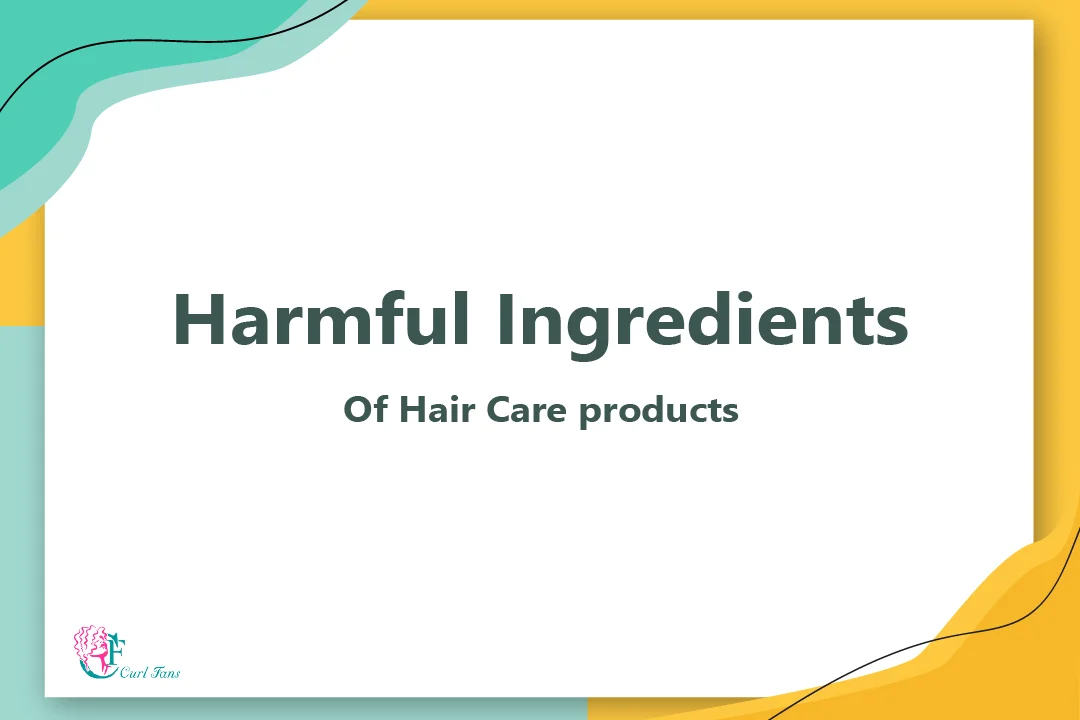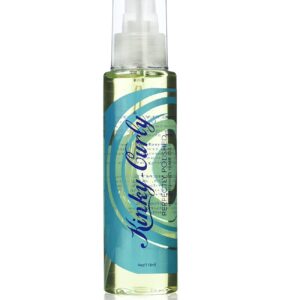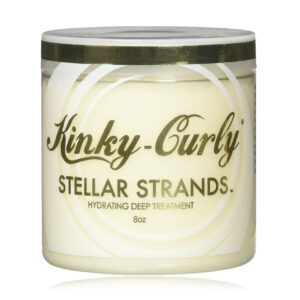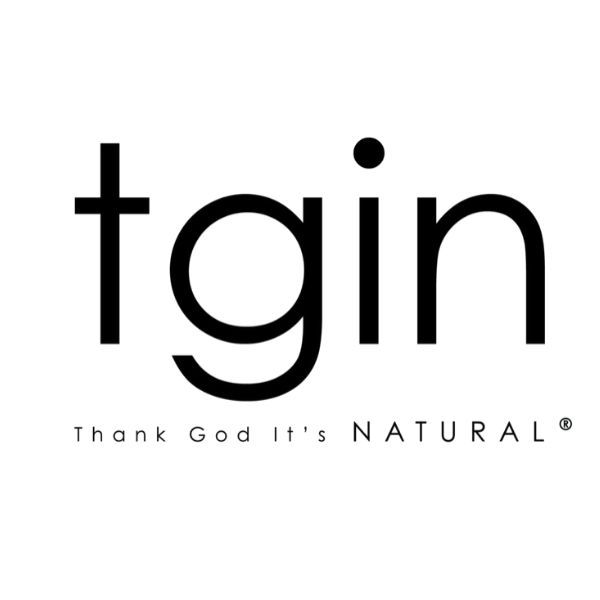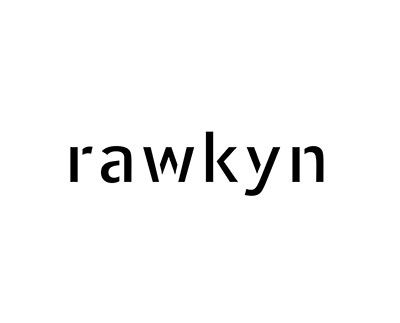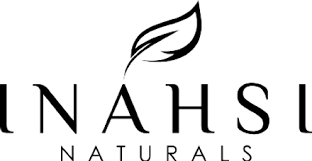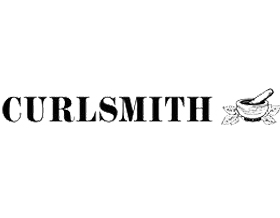Despite many hair care companies promising beautiful, shiny, lustrous hair, their products are often filled with toxic ingredients such as sulfates, silicones, parabens, and many others. In particular, unnatural shampoos and conditioners contain a lot of harmful ingredients. These chemicals strip your hair of its natural oils, damage the hair shaft, and also they are even carcinogenic. Note that even a glance at a product’s ingredient list can tell you a lot about its safety. Your hair will feel more fresh and beautiful when you use natural hair care products instead of chemical products that contain harmful ingredients. Even we can say that you’re saving your hair by using natural products. Here in this blog, we are going to talk about some of the most common harmful ingredients used in hair care products:
Harmful Detergents And Foaming Agents
Sulfates
Sodium lauryl sulfate and sodium Laureth sulfate are foaming agents or surfactants that companies usually add to shampoos and conditioners. The lathering effect of these hair products is due to their reaction with water to produce lather. Sulfates wash away all the oils and residue when you rinse the shampoo. Additionally, they can cause damage to the hair, make it brittle, and increase frizz.
These chemicals on the scalp can even cause contact dermatitis in people with sensitive skin. For this reason, experts classify sulfates as potent allergens.
Additionally, sulfates can damage your hair follicles so much that they may not produce new hair, which can cause hair loss. In addition, these harsh chemicals can cause eye irritation and damage, especially in babies and young children.
To read more about Kinky Curly products, click on “ Kinky Curly products “.
Selenium sulfide
Selenium sulfide is a carcinogen (cancer-causing compound), and usually, you can find it in anti-dandruff shampoos and products. Lab tests on mice showed the development of tumors due to selenium sulfide.
Harmful Dangerous Preservatives
Parabens
Parabens are harmful chemicals. Cosmetics and shampoos contain them as a preservative to prevent bacteria from growing. In the human body, parabens mimic the effects of estrogen, the primary female hormone. As a result, parabens can cause hormonal fluctuations, adversely affecting pregnancy and menstruation. Overuse of parabens can associate with increased cancer risk. Parabens have many harmful side effects, although they serve an essential function. Often, they cause an inflammatory or allergic response, irritating, and even contact dermatitis after repeated use.
Triclosan
Triclosan is another chemical used as an antimicrobial agent in shampoos and conditioners, among other consumer products. It reduces the growth rate of bacteria and fungus to preserve the shelf life of hair products. This ingredient can enter our fat cells and keep our body in a state of toxicity at high concentrations. It irritates the skin, eyes, and lungs and causes endocrine disruption and organ system toxicity. It can disrupt your hormone functioning and balance, compromise your immune system, trigger weight loss, and increase tumor cell proliferation to induce cancer. Triclosan consumption in antibacterial soaps was banned in 2016 but still in toothpaste, shampoos, and deodorants are allowed to use this chemical ingredient.
Formaldehyde
Formaldehyde is a known human carcinogen, that the skin can absorb. Manufacturers often add it to products directly as a preservative, but it can also be released over time through a chemical process from other types of preservatives. If you’re curious what to search for, a common one in shampoos is quaternium-15. Like parabens, formaldehyde is also a chemical preservative often companies add to perfumes, cosmetics, and hair products to keep them from contamination by bacteria, mold, or yeast. Formaldehyde is a potent allergen that can trigger or exacerbate contact dermatitis. It can also be carcinogenic and is associated with certain rare forms of cancer.
Regular shampoos and conditioners usually contain chemical compounds such as quaternion-15, DMDM hydantoin, imidazolidinyl urea, Diazolidinyl urea, polyoxymethylene urea, sodium hydroxymethylglycinate, bronopol, and glyoxal, all of which release formaldehyde and act as preservatives.
Hexachlorophene
Many shampoos and conditioners contain the antimicrobial compound hexachlorophene, which is toxic if used in large quantities. Hexachlorophene can irritate your eyes and skin by causing inflammation. As a result of this underlying inflammation, your eyes and skin can become increasingly photosensitive (sensitive to light). Hexachlorophene can cause abdominal cramping and diarrhea if swallowed.
MIT & CMIT
Both Methylchloroisothiazolinone (CMIT) and Methylisothiazolinone (MIT) are widely used preservatives found in liquid cosmetics and personal care products, for example, Shampoo, conditioner, hair color, and hairspray. In addition to inhibiting bacterial growth, both chemicals also have antifungal properties. These chemicals can be toxic and cause allergies if you inhale them. Therefore, if you are allergic, read labels and avoid products containing Methylisothiazolinone (MIT) or Methylchloroisothiazolinone (CMIT). It is essential to avoid products containing a mix of CMIT and MIT.
Behentrimonium chloride
Take a look at the labels of your hair masks or conditioners (that are not organic, of course); probably, you’ll find Behentrimonium chloride listed among the first ingredients. Behentrimonium chloride is a harmful hair care ingredient that has a wide usage for reducing static and frizzing in hair conditioning and hair care products. Behentrimonium chloride is an antistatic ingredient and is also an emulsifying agent, which helps improve the moisture content of the hair. It is the manufacturer’s favorite because it keeps your locks frizz-free and makes them manageable and soft. Behentrimonium chloride is toxic in 0.1% and higher concentrations, and it can cause skin and eye irritations.
Alcohols
Alcohol
Alcohol is a widespread component of shampoos. Mostly short-chain alcohols such as propanol, ethanol, specially denatured (SD) alcohol, and isopropyl alcohol can be harmful to your hair. They strip away the moisture, natural lipids, and nutrients from your hair and leave the strands dry, dull, frizzy, and brittle.
On the other hand, fatty-chain alcohols such as lauryl alcohol, Cetearyl alcohol, cetyl alcohol usually come from herbal sources such as coconut and palm oil and have the opposite effect and can produce moisture in your hair and scalp. Also, different alcohol-based compounds are used as emulsifiers in shampoos and conditioners to bind oil and water for a creamy thick consistency.
Note this trick about alcohols; usually, those not as bad for dry hair begin with a “C” or an “S,” like Cetearyl alcohol and Stearyl alcohol. They can help your hair retain moisture. If you already have dry hair, the harmful alcohols usually have a “prop” in their name, like Isopropyl alcohol or propanol. If you want to learn more about alcohol, Here’s a simple instruction for you:
Different types of alcohols exhibit different properties according to the molecular structure determined by the number of carbon atoms in the molecule. In the manufacture of hair and skin care products, two major types of alcohol are used:
Drying Or Short-chain Alcohols:
Alcohols of these types are small and have a low molecular weight. Also, they have fewer than three carbon atoms in their structure. In hair and skincare products, these alcohols evaporate quickly and can decrease the time it takes for a product to dry once it has been applied. On the other hand, these alcohols wick away moisture from the skin and hair. It makes hair dry, brittle, and frizzy. It also compromises the delicate water and lipid balance in the dermis, leading to dry skin. Some of the most common short-chain alcohols that you will find in hair care products are ethanol, denatured alcohol, propanol, propyl alcohol, and isopropyl alcohol.
Fatty Or Long Chain Alcohols:
Usually, fatty alcohols contain 12 carbons per molecule and come from natural sources. A source of fatty alcohol is vegetable oil. Due to their higher carbon content, fatty alcohols can provide lubrication and hydration. In addition, they absorb and lock in moisture, preventing hair from drying out. Stearyl, Cetyl, and Cetearyl are all examples of fatty alcohols. You can find fatty alcohols in many hair care products. Fatty alcohols promote softness and are effective at smoothing the cuticles of damaged hair.
Thickening Ingredients That Are Harmful To Health
Polyethylene Glycol
You can find PEG in conditioners. It is a thickening agent derived from petroleum that contaminates byproducts like ethylene oxides and 1,4-dioxane. There has not been sufficient research to conclude that PEGs are as toxic as shampoo ingredients, but some common byproducts in PEGs like Dioxins can be harmful.
Harmful Fragrances
Products that contain “fragrance” on their label can have thousands of hidden chemicals. Unfortunately, many common fragrance ingredients, including phthalates and synthetic musks, can be toxic to human health. They can disrupt the reproductive system and cause cancer or asthma. They can also irritate the skin and scalp, leading to hair loss. The fragrance industry uses more than 3,100 chemicals to build these pleasant additions to your shampoos and conditioners.
Synthetic Musks
Many personal care products, including shampoos and conditioners, contain synthetic musks. Nitro musks and polycyclic musks are the most common varieties that companies use.
Typically, these compounds are absorbed through the skin, ingested, inhaled, and stored in breast tissue, the umbilical cord, and fat cells.
When synthetic musk concentrations are high, it can adversely affect hormonal and reproductive functions inside the body. As a result, pregnant and breastfeeding women are particularly vulnerable to this danger, as the harmful effects can seriously affect their health as well as their children’s health.
Phthalates
Some shampoos contain phthalates as gelling agents. It is one of the harmful ingredients that you can find in many chemical hair care products. Furthermore, you can find them in hair sprays, conditioners, and mousses. By lubricating and softening other substances, they increase spreadability, enhance absorption, and prolong the shelf life of fragrances. According to current law, manufacturers are not required to list phthalates on product labels. In hair care products, anything that is simply listed as “fragrance” usually contains phthalates. Some major side effects of Phthalates are worsening of allergy symptoms, insulin resistance in adolescence, and interfering with the natural functioning of the hormone system.
You can avoid exposure to phthalates by carefully reading product labels. Make sure the hair care products you buy are phthalate-free.
Harmful Conditioning Ingredients
Silicons
The primary function of Silicon is to form a shiny layer on your hair shaft to make the hair appear smooth and lustrous. Silicon is an emollient that locks moisture into your hair shaft and temporarily keeps hair hydrated. However, the overuse of silicon-based products may create a permanent buildup of silicons on your hair.
Dimethicone is a type of silicone that has wide usage in many hair products and contributes to product buildup that will prevent nutrition and moisture from penetrating the cuticle In conclusion it can cause dryness and damage. It can clog the pores on the scalp and cause skin irritation. If you are unsure what to search in the ingredient list of your shampoo, try looking for dimethicone.
Synthetic Colors
Synthetic colors are added to personal hair care products to dye them or give them a specific color. The color of most shampoos and conditioners, or hair care products, are synthetic and may be harmful in some cases. These colors come from petroleum or coal tar sources, all of which have harmful health effects. The FDA tightly regulates Artificial Colors and prohibited consuming a significant portion of them for various health reasons.
Anti UV Ingredients
Benzophenone
Oxybenzone, sulisobenzone, and benzophenone help protect your skin and hair from the sun’s harmful UV rays. Still, concentrated amounts inside the body can cause organ toxicity, hormonal disturbances, and even cancer. Compounds of this kind are mostly found in sunscreens but may also be found in hair care products. Suppose you frequently use shampoos and conditioners containing benzophenone. In that case, the skin will absorb these compounds and collect them inside the body.
Using a small amount of these harmful chemicals is safe. Yet, because of difficulties in analyzing the ingredients, avoiding using them in your hair care routine is better.
Frequently Asked Questions:
DMDM hydantoin, a preservative in shampoos, conditioners, and other water-based personal care products, can lead to hair loss.
> Difficult to manage. Damaged hair is more prone to tangles.
> Uneven or stunted growth. You may notice that one side of your hair is longer than the other.
> No shine.
> Brittle hair.
> High porosity.
> Oils and heavy styling products aimed at making your hair softer.
> Strong conditioners.
> Heavy leave-in conditioners.
> Single-duty products, such as regular hairspray.
> Sulfates.
> Ammonium laurel sulfate.
> Ammonium laureth sulfate.
> Sodium lauryl sulfate.
> TEA laurel sulfate.
> TEA laureth sulfate.
> Diethanolamine.
> Triethanolamine.
People with sensitive skin may experience significant irritation from some types of sulfates, such as sodium lauryl sulfate. Thus in some cases, sulfates may cause hair damage and hair thinning if they cause enough irritation.
Preservatives reduce bacteria and mold growth but can also irritate the skin and disrupt hormones. Both side effects can lead to hair loss.
Sulfates are the most damaging chemicals in hair products, including sodium lauryl sulfate and laureth sulfate. Sodium lauryl sulfates and sodium Laureth sulfates are two types of sulfates that you should be aware of.
The sulfate has a lathering effect that some people love, but it can compromise hair follicles when left on the scalp and have other toxic effects. Therefore, it is absolutely recommended that color-treated and dry hair avoid SLS since it can fade color and strip strands of natural oils.
Share your ideas in the comments if you found this article helpful. Do you read the description and ingredients section of products? What do you know about the harmful ingredients of hair care products? Please share your experience with us in the comments.

